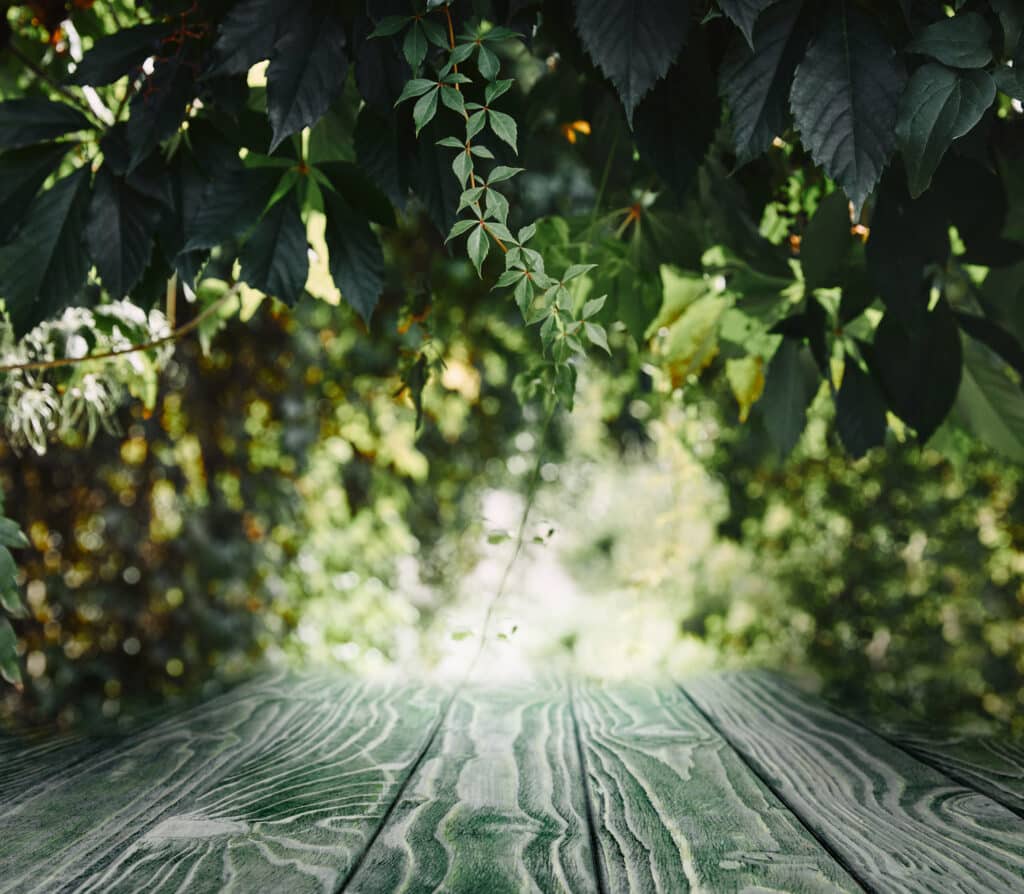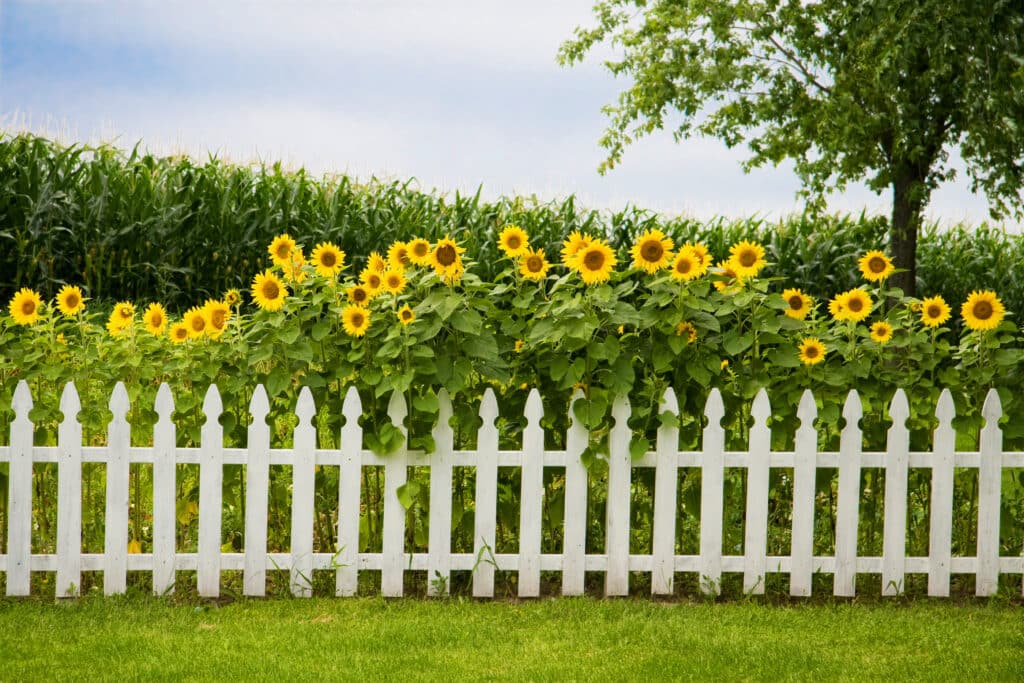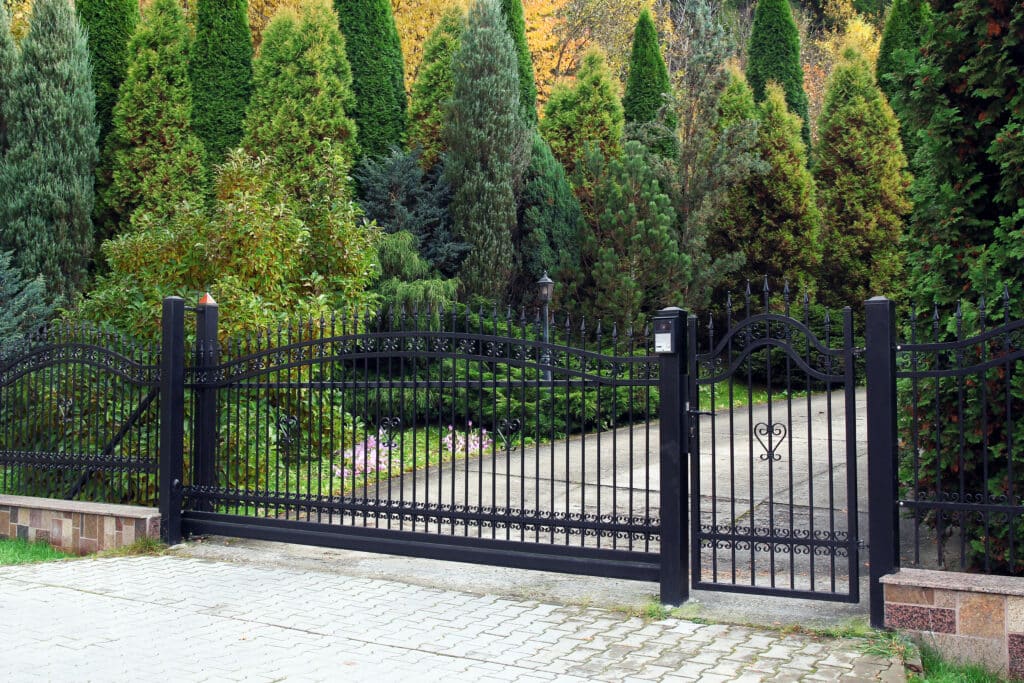Fences are a beautiful and functional addition to properties everywhere. They maintain greater levels of safety and privacy. However, for all the benefits of having a fence, there is a surprisingly small amount of study surrounding the environmental effects of fencing.

A Glimpse Into Fence Ecology
Installing fences is a ubiquitous and ancient practice. In fact, according to a recent study, the total length of all fencing around the globe is estimated to be 10 times greater than the total length of roads globally. That’s a lot of vinyl and stone! With fences being so widespread a phenomenon, they are sure to have an impact on the environment.
Fence ecology is a developing field that studies the environmental effects of fencing. The findings are complicated and nuanced. The sheer range of ecological effects is staggering, encompassing processes on a microscale like the building of spider webs up to more far-reaching effects like the ecosystems of entire regions.
What Are the Environmental Effects of Fencing?
No one can say unambiguously that the environmental effects of fencing are wholly good or wholly bad. People, animals, and physical geographical elements respond differently to fences depending on a myriad of factors. That is the nature of nature itself. However, it is helpful to be aware of some of the common results from constructing fences. If we are, we can be good stewards of the planet we call home.

Benefits
Fences have many benefits of their own—otherwise we wouldn’t build them. Fences promote privacy and safety on one’s own property. They serve as an integral part of many landscaping layouts, and good landscaping can enhance curb appeal and add up 20% to a home’s value.
The environmental benefits of landscaping in general are widely understood. For example, grasses help improve local air quality, trapping approximately 12 million tons of dirt and dust every year and keeping such out of our lungs. The oxygen grass alone produces is copious.
Do fences offer any such benefits? Do positive environmental effects of fencing exist? The answer is an encouraging yes. Fences cut down on the amount of erosion homes experience from both water and wind. This further prevents mudslides and flooding after heavy rainfall. Flooding such as Utah has experienced this year can damage a yard’s delicate topsoil and nearby foundations, basements, sheds, and driveways.
Clearly fences are the gift that keeps on giving. In addition to the other results from flooding, fences help reduce runoff and pollution. They can also keep out airborne contaminants that would otherwise drift into your yard.
We’ll discuss in a moment how the environmental effects of fencing affect animals specifically in a negative way, but we must also acknowledge that fences can be beneficial to animal life as well. Fences can keep wildlife from wandering into dangerous areas like roadways. On the other side of the coin, fences keep pets and children safe from wild animals.
Disadvantages
Unfortunately, the environmental effects of fencing are not all positive. Putting up a fence can affect the local wildlife in unforeseen ways such as isolating species from their primary food sources or opening up the floodgates to let in invasive species. While it is tempting to think that this cannot be the case in primarily developed areas, such assumptions can be harmful to the local flora and fauna. Even fences that have been removed can leave a ghostly impression with lasting ramifications.
Even the best intentions can yield unexpected results. Environmentally sustainable fences can still fragment and isolate ecosystems. It is also sometimes difficult in developed areas to build fences along natural ecological boundaries like streams or topographical features. While this process is more ecologically friendly and often more cost effective, property lines do not always cooperate.

The Best Environmental Fences
While we cannot always accurately predict the environmental effects of fencing, we can do our part to give back as much as possible. Some fencing options are better for the environment, and if that is a priority for you, you might consider opting for one of the following materials for your fence:
- Bamboo–Bamboo fences are stunning and blend naturally into the landscape. The grass (yes, bamboo is a grass) regenerates extremely quickly, so using it as a building material is a sustainable choice.
- Biocomposite fencing–Biocomposite fencing materials are made partially or completely of organic materials.
- Responsibly-sourced or reclaimed wood–If you get your wood from a trusted source, you can be sure they are obtaining it in an environmentally sensitive way.
- Trex–Trex is entirely recycled composite, so while the plastic involved is not fantastic for the planet, building with Trex ensures that more plastic is not being produced.
- Privacy trees and shrubs–Nothing is more environmentally friendly than shielding your property with natural trees and shrubs.
